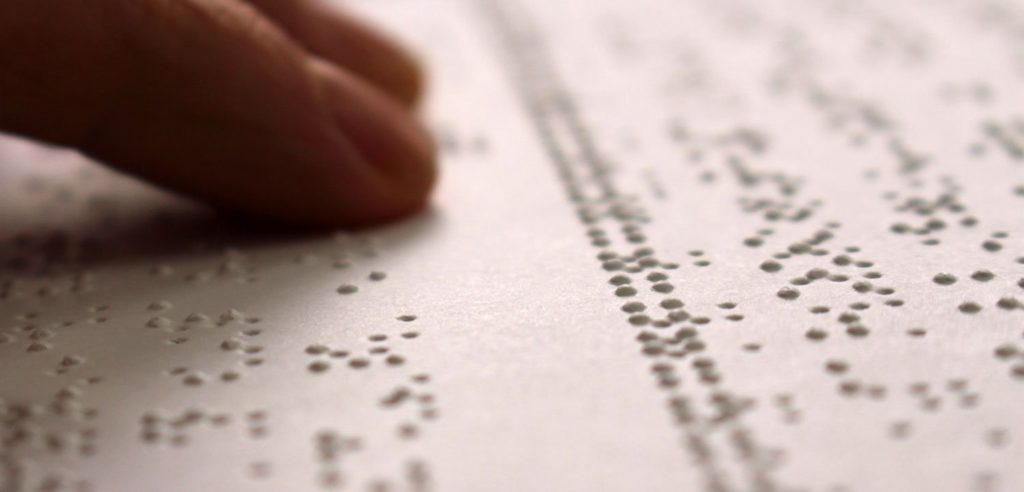Braille printing
Braille printing is the process of creating raised dots on paper that represent the letters of the alphabet, numbers, and punctuation marks. This allows people who are blind or have low vision to read and write.
Braille printers work by using a series of pins to create the raised dots. The pins are controlled by a computer, which converts text into Braille code. The Braille printer then prints the code onto paper, creating a raised-dot document that can be read by touch.
history of braille printing
The history of Braille printing is a long and fascinating one. It all started in the early 1800s, when a young French boy named Louis Braille was blinded in an accident. Braille was determined to continue his education, and he began to experiment with different ways to create a tactile writing system for the blind.
In 1824, Braille came up with the idea of using a system of raised dots to represent letters and other symbols. He based his system on a previous system of night writing that had been developed by Charles Barbier. Braille’s system was much simpler and easier to learn than Barbier’s, and it quickly caught on.
The first Braille books were published in the early 1830s. These books were made by hand, and they were very expensive. However, the demand for Braille books was high, and soon there were machines that could be used to print Braille.
In the early days, Braille was used primarily by blind people in France. However, the system quickly spread to other countries, and by the end of the 19th century, Braille was being used by blind people all over the world.
Today, Braille is the most widely used system of writing for blind people. It is used in books, magazines, newspapers, and other printed materials. Braille is also used in computers and other electronic devices.
The invention of Braille has had a profound impact on the lives of blind people. It has given them the ability to read and write independently, and it has opened up a world of opportunities that would not have been possible without Braille.
Here are some of the key events in the history of Braille printing:
- 1824: Louis Braille invents the Braille system.
- 1829: The first Braille books are published.
- 1837: The first Braille typewriter is invented.
- 1854: The first Braille printing press is invented.
- 1870: The first Braille school is founded in the United States.
- 1932: The first Braille computer is invented.
- 1990: The United Nations General Assembly declares the year 2000 to be the International Year of Persons with Disabilities. This year was a major turning point for the global recognition of the rights of persons with disabilities.
- 2000: The first Braille e-reader is released.
- 2016: The first Braille 3D printer is invented.
Today, Braille is used by millions of blind people all over the world. It is an essential tool for education, employment, and independent living. The invention of Braille has had a profound impact on the lives of blind people, and it has helped to make the world a more accessible place.
importance of braille printing
Braille printing is important for a number of reasons. It allows blind and visually impaired people to have access to the same information as sighted people. This includes books, newspapers, magazines, websites, and other printed materials. Braille printing also allows blind and visually impaired people to participate in educational and employment opportunities.
In addition to providing access to information, braille printing can also help to improve the literacy skills of blind and visually impaired people. Braille is a tactile language, which means that it can be felt with the fingers. This can help blind and visually impaired people to learn to read and write more easily.
Braille printing is an important tool for blind and visually impaired people. It allows them to have access to the same information as sighted people and to participate in educational and employment opportunities. Braille printing can also help to improve the literacy skills of blind and visually impaired people.
Here are some of the benefits of braille printing:
- It provides access to information for blind and visually impaired people.
- It can help to improve literacy skills.
- It can promote independence and self-reliance.
- It can help to break down barriers and promote inclusion.
Braille printing is an essential tool for blind and visually impaired people. It allows them to participate fully in society and to live independent and fulfilling lives
The Accessware Braille Printing Center
The Accessware Braille Printing Center is the largest producer of braille in Egypt, as it prints 12 million sheets annually, with a maximum capacity of 50,000 sheets per day.
In the printing center, we produce a variety of Braille materials such as books, magazines, relief graphics, maps, business cards, posters, menus, specialized guides, and more.
Among our clients are the Egyptian Ministry of Education, Cairo University, a number of public libraries, educational institutions, and a number of non-governmental organizations.
We also offer Braille translation and transcription services in a variety of formats.
For more information about our braille services, please contact us.
To communicate and know the prices, please visit the following link

